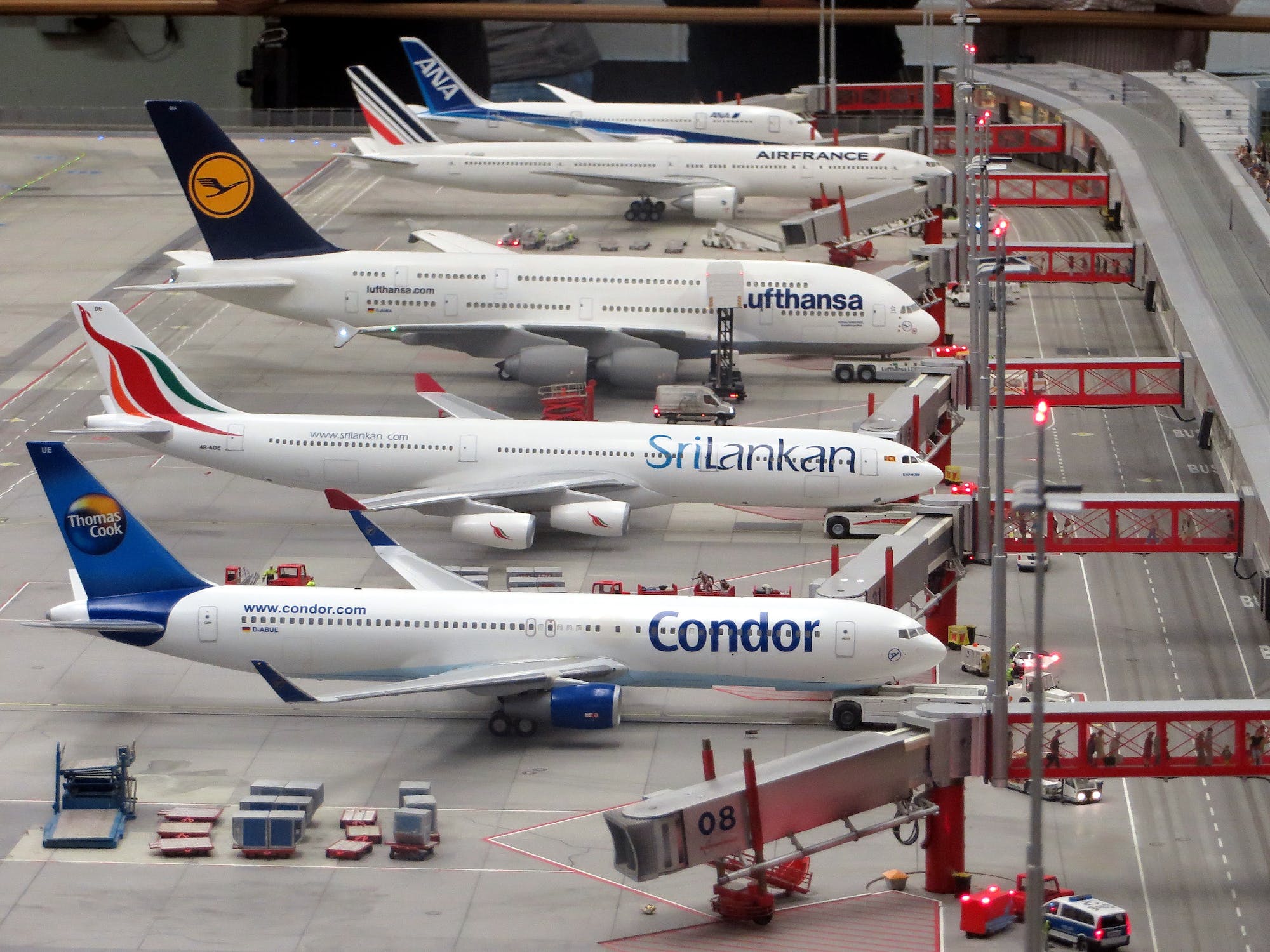
02 Jul WHAT’S THE FUTURE OF AIRPORTS AND AIRLINES? A LEADING FUTURIST TALKS NEW TRENDS IN TRANSPORTATION AND TRAVEL
Trust a practicing airport futurist and airlines keynote speaker: The industry has never been static, and current trends reflect a relentless drive for innovation to enhance passenger experience, increase operational efficiency, and reduce environmental impact. We’re not surprised, given the rate at which travel and transportation technology continues to evolve, quite frankly. That said, the time seems ripe as airport futurists to consider what’s coming next for the space.
Starting with the airlines, one major theme to watch out for is the shift toward sustainable aviation. Climate change concerns have prompted the industry to take aggressive steps towards reducing their carbon footprint. To this extent, as airport futurists can tell you, airlines are investing in more fuel-efficient aircraft, exploring sustainable aviation fuels (SAFs), and some are even in the early stages of developing electric and hydrogen-powered planes. Virgin Atlantic, for example, completed a successful flight in 2022 using a mix of jet fuel and SAF derived from waste gases.
Furthermore, the expansion of digital services has also been transformative for airports and airlines alike. As you’ve no doubt heard, artificial Intelligence (AI) and machine learning are being used to predict flight delays, provide personalized services, and manage disruptions effectively. But beyond this, Internet of Things (IoT) technology is also enhancing in-flight experience with customizable entertainment systems, digital seat maps for better seating choices, and real-time luggage tracking to ease passenger anxieties.
Turning to airports, biometrics is revolutionizing security processes. Facial recognition, iris scanning, and fingerprint identification technologies are making air travel more seamless and secure. London Heathrow and Singapore Changi Airport are among the pioneers, offering biometric self-boarding gates and automated immigration lanes, significantly reducing wait times.
Tune in to a keynote speech, and you’d hear airport futurists remind that the traditional airport business model is also evolving, with these transportation centers becoming more than just transit hubs. For example, they are being transformed into destinations in themselves, offering high-end retail shopping, luxurious lounges, fitness centers, art galleries, and even movie theaters. This “airport city” model aims to generate additional revenues and enhance the passenger experience.
Simultaneously, innovations in airport design are also responding to environmental concerns. Green airports are on the rise, incorporating sustainable design principles, energy-efficient technologies, and environmentally friendly operations. Oslo Airport, for example, has a terminal made from timber, recycled steel, and natural concrete, while Denver International Airport boasts one of the largest solar farms at an airport.
Interestingly, digital twinning technology has also emerged as a powerful tool for airport management. This technology creates a virtual replica of the airport’s physical infrastructure, allowing operators to simulate different scenarios, improve resource allocation, optimize passenger flows, and plan future developments more effectively.



